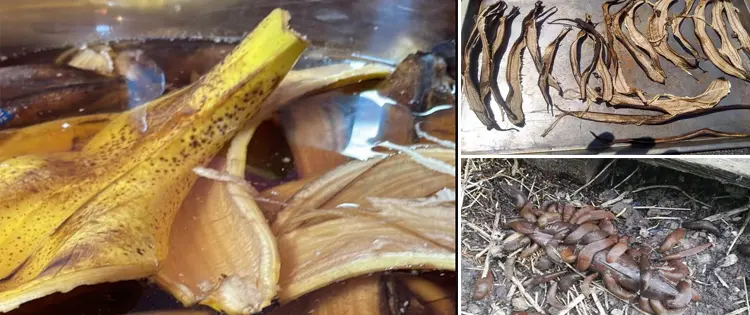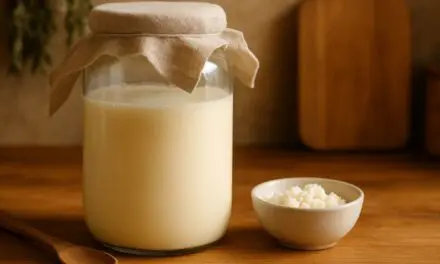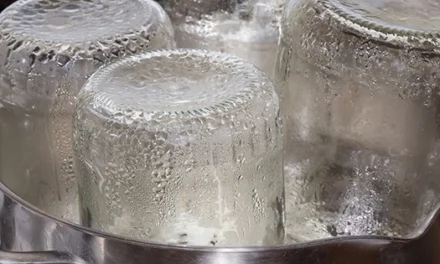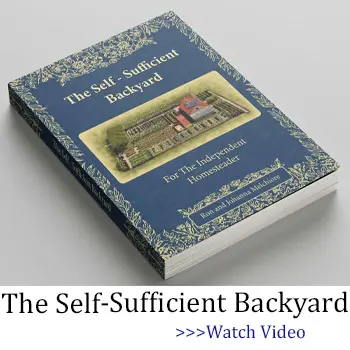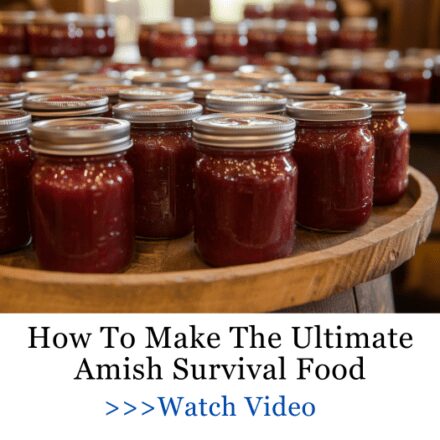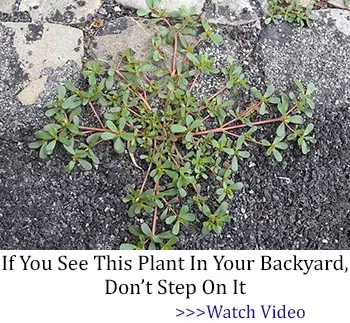Gardeners are masters at reusing and recycling almost everything, even banana peels in garden, as part of their day-to-day gardening practices.
We manage to pull apart shipping boxes and use them as bases for garden beds and lasagna gardens. We throw our green trash together to make compost. We’ve even found a neat way to reuse sporks to keep cats out of the lettuce.
However, including banana peels in your garden is something else entirely. While these work as compost, there are so many other ways to use this wonderful green trash. Let’s take a look.
Why You Should Use Banana Peels In Garden 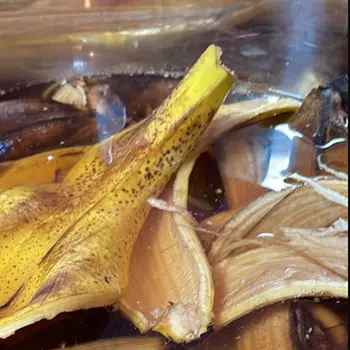
My answer to this is why not? Eat bananas, enjoy their nutrition, and then reuse the peels! Banana peels are something we never use in foodstuffs. We tear the wrapping off of the banana, and most people toss it in the trash. I know, I know, garden brethren, you’re already gasping and shaking your heads. Say it isn’t so! But it is. Most people just toss their banana peels away. After all, what are they going to use them for?
Even if you aren’t gardening outside, you can use peels in water by making a “tea” to sprinkle on houseplants. They can also be used in some aquariums to add potassium, calcium, and manganese. If using them in aquariums, ensure they are organic bananas and scrub the banana peels thoroughly by hand.
That said, we’re a gardening page; not an aquaculture one. Let’s talk dirt.
What You Should Avoid
For garden use, banana peels in garden work just fine. Standard peels usually have pesticides that are easy to manage and can even help ward off aphids and other small pests. If you can afford organic bananas, choose those—they’re safer and perform just as well as non-organic options.
You should also avoid using banana peels for berries and plants which are closely related to bananas. Papayas, in my experience, seem to hate having banana peels used as fertilizer or banana peel tea used on them. It could be simply because the plants are too closely related or it sets off a sort of defense. Papayas and bananas aren’t often in direct competition for resources, but some plants simply do not like each other.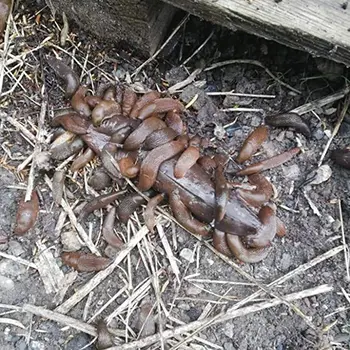
One last thing to avoid is using banana peels in in-home compost bins. This is because banana peels go rancid very quickly and have a certain aroma about them that brings fruit flies.
And I don’t mean one or two; you’ll have a whole swarm in your house in no time if you have rotting banana peels in your compost bin. Leave in-home compost bins to coffee, eggshells, and things that dry out easily to break down. Banana peels aren’t one of these.
Related: An Ingenious Eggshell Remedy and 25 Others Made from Things People Usually Throw Away (Video)
If you do want to compost banana peels directly, do it in an outdoor compost bin or a tumbler that fully closes. While I am not a fan of these due to a lack of air circulation, this will keep the fruit flies from carrying you and your happy home away.
How to Effectively Use Banana Peels in Garden
Everyone uses banana peels in their compost, but there are so many other ways to use them. We’ve mentioned banana peel tea up above, so let’s get started there.
To make banana peel tea for your peppers, tomatoes, cucumbers, eggplants, and potatoes (all of which absolutely love it), place banana peels in a mason jar that screws shut. Pour cool water into the jar almost to the top, then set the jar in a room-temperature environment for 2-3 days. Your tea is ready to use and fertilize your nightshades and flowers.
Make sure when pouring this tea out that you only get it around the base of the plants, too. The calcium content in the banana peel may scorch fruits and leaves.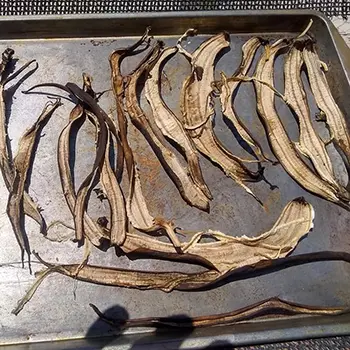
You can also make a powder from banana peels. Simply bake your banana peels until dry and crispy, then run them through a coffee grinder (or food processor) until they are a fine powder. This usually takes 20-ish minutes at 350 degrees. You’re looking for a dried banana peel texture similar to paper-like dryness.
Related: Stop Throwing Away Your Lemon Peels. Do This Instead!
Using banana peels in garden as a powder is simple. Sprinkle the powder around the base of the plant and gently work it into the soil. Water immediately after. This will feed for 10-24 days depending on the size of the plant. I usually recommend this for seedlings and young plants that are just starting to get their buds. This helps feed them over a longer-term than banana peel tea and keeps you from accidentally overwatering.
We’ve covered compost, but we haven’t talked about using the bottoms of banana peels as planters. This is a pretty delicate process, but it’s well worth giving it a shot once or twice.
Poke several 1/4″ holes in the bottoms of banana peels and add a little soil to them. Settle them in the planting tray and add your seed. This works much like using eggshells for planters, though this imparts more minerals in my experience. Ideal for the nightshade family or small, single-stem flowers such as zinnias.
Waste Not
You know, sometimes you just don’t get to use those bananas that you thought you would. Oh, sure, you planned to make banana bread or some cool new smoothies that you saw and were very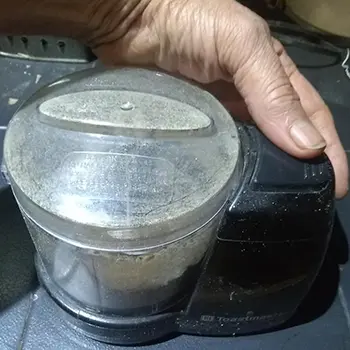 excited about.
excited about.
Then the bananas sat on the corner of your counter until they started to change colors so wildly that you no longer really recognize them.
That’s fine! You can’t use them for planters, banana peel tea, or powder, but banana peels in the garden still have a purpose. They can help tackle a common gardener’s enemy—slugs. These pests devour everything in their path, leaving behind a garden full of stems and little else.
Put your ripe bananas or their peels around the base of plants being predated upon by slugs. Put beer or salt traps around it aplenty. And watch as the slugs race to your sweet, overly ripe bananas and fall to their deaths over and over again.
There is nothing more in this world that a slug loves than a rotten banana (or one that is nearly at that point). You can use them as bait and trap literally thousands of slugs before the bananas fully disappear into the soil.
And by that point, you’ll probably have another bunch ready to use in the same way. Or, I certainly do most of the time. Better yet, this may also encourage pollinators that are attracted to rot (some butterflies, for instance).
Have some more ideas for banana peels in garden use? We’re all ears! Drop us a line and let us know.
You may also like:
Everything You Need To Know About Crop Rotation (And Why You Should Do It)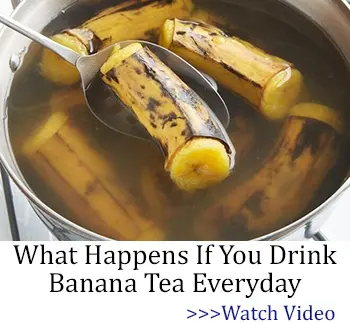
The ‘Superweed’ That Saved Large Communities During The Great Depression (Video)
Vertical Garden: 26 Plants To Grow Your Own
How to Dry Can Beans and Rice for 20+ Years Shelf Life
Best Crops For Your Survival Garden

